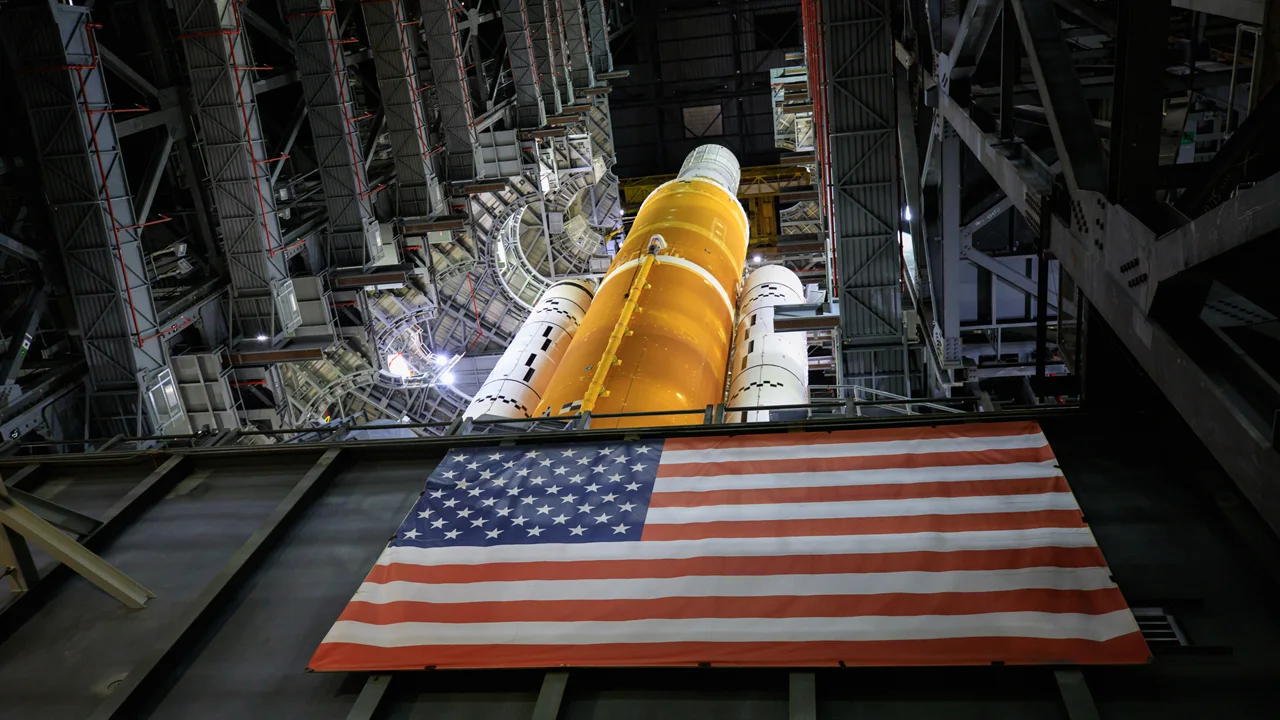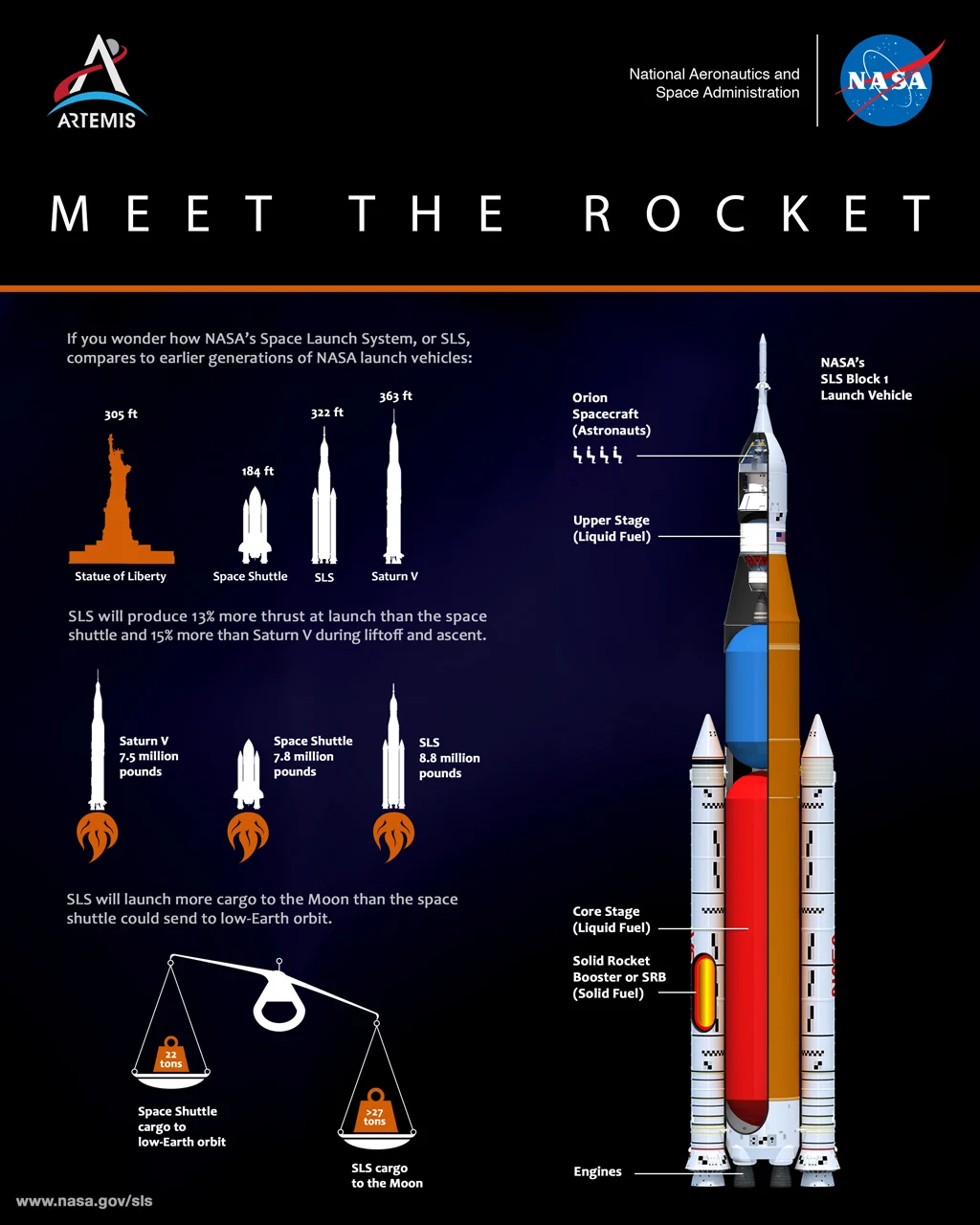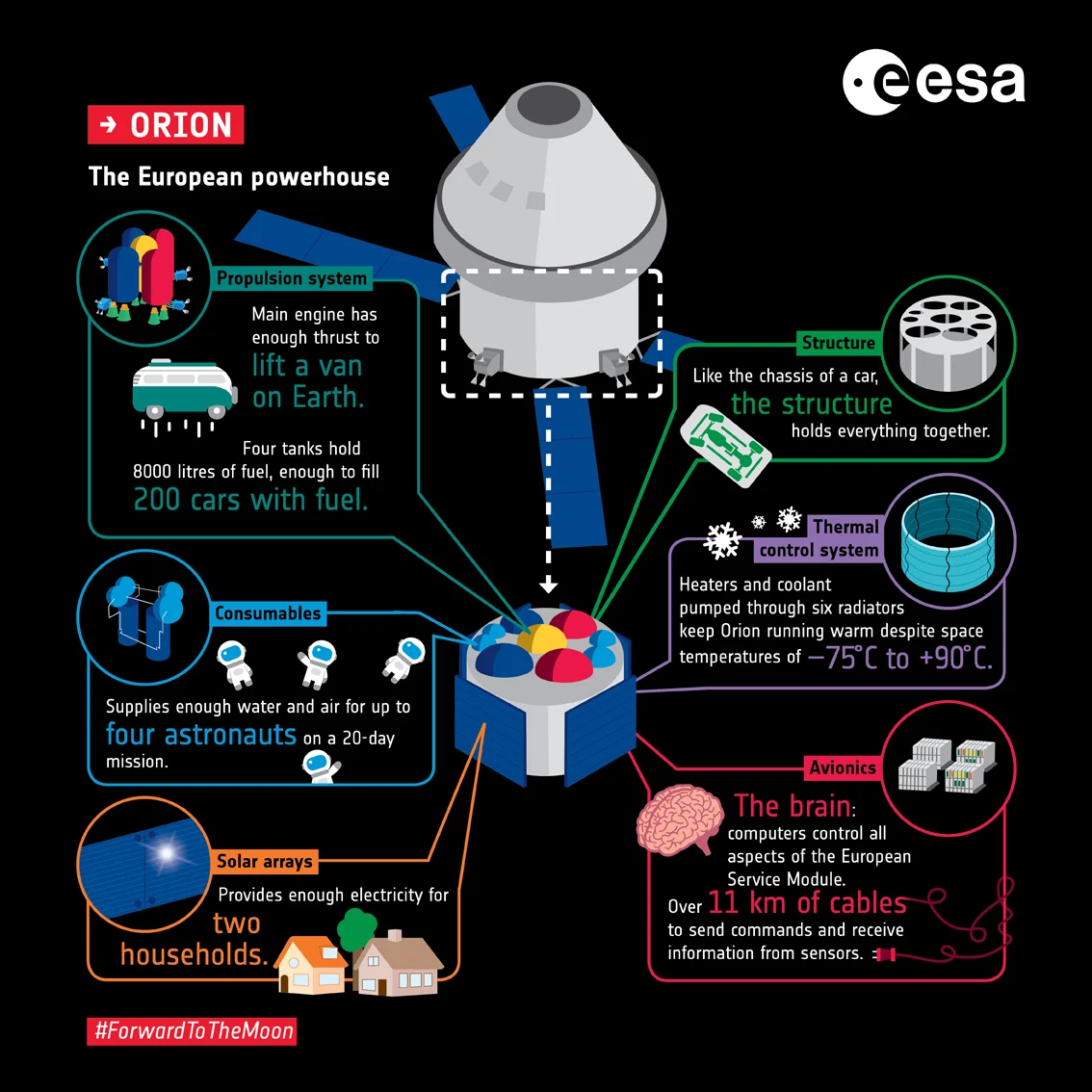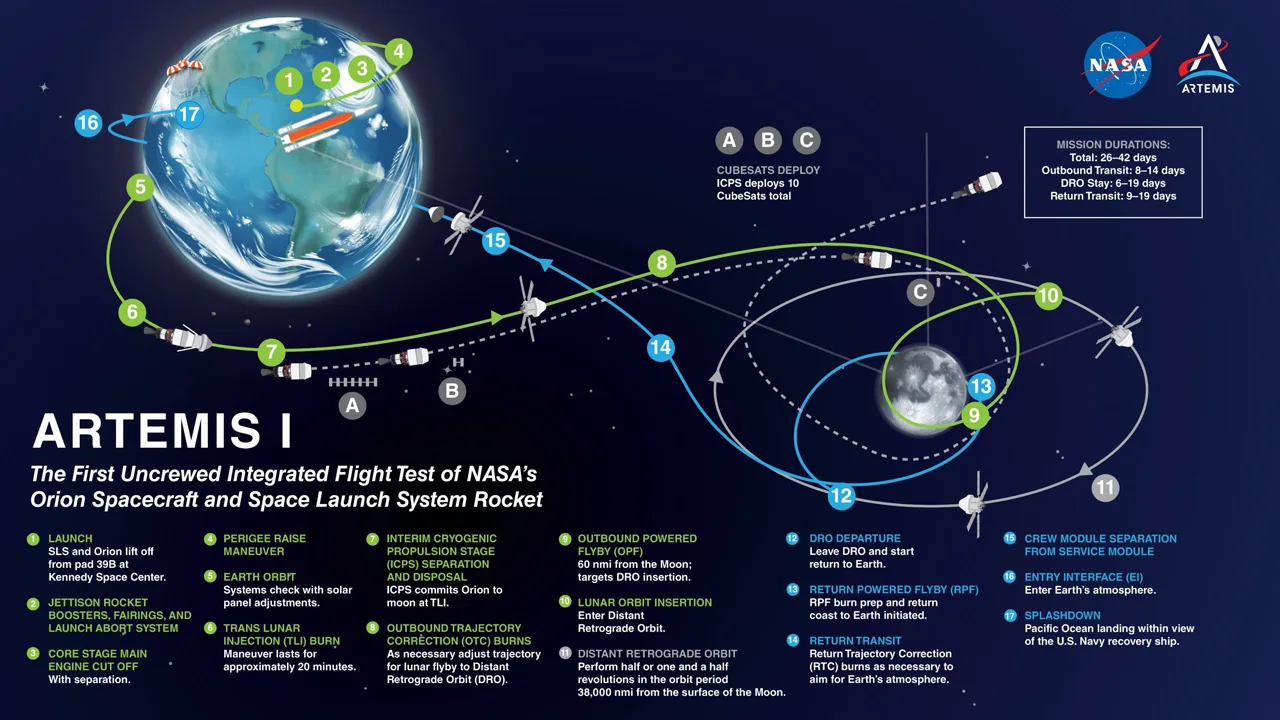
NASA's 'mega moon rocket' is rolling out. Here's what you need to know
It's been nearly 50 years since humans last set foot on the moon. But that will soon change with NASA's Artemis program, which is expected to send astronauts to the lunar surface, including the first woman and the first person of colour, by 2025.
But first NASA has to test the rocket and the Orion spacecraft that will go to the moon.
The program has three specific missions: Artemis I, Artemis II and Artemis III. Artemis I is the first test of the Space Launch System (SLS), which NASA calls its "mega moon rocket," and is scheduled for some time in May, though the date may yet change.

In this view looking up inside High Bay 3 of the Vehicle Assembly Building at NASA’s Kennedy Space Center in Florida, the work platforms have been retracted from around the Artemis I Space Launch System on Sept. 20, 2021. (NASA/Frank Michaux)
In preparation, NASA is doing a "wet dress rehearsal" on Thursday, where the rocket will be rolled out to the launchpad, fuelled and run through a launch countdown, stopping just 10 seconds before it would lift off. It will be a momentous occasion when the massive orange and white rocket rolls out on the crawler first used for the Apollo missions and later for the space shuttle missions. NASA said it could take anywhere between four and 12 hours to travel the 6.5 kilometres from the Vehicle Assembly Building (VAB) to the launch pad.
"The rolling out of the VAB, that's really an iconic moment for this vehicle. And to be here for a new generation of a super-heavy lift, exploration class vehicle," Tom Whitmeyer, deputy associate administrator for NASA's exploration systems development division, said last week during a news conference.
"Thursday's going to be a day to remember."

The Space Launch System (SLS) also consists of two solid rocket boosters which may seem familiar: They were used on NASA's space shuttle missions until the program ended in 2011. (NASA/Frank Michaux)
NASA's TV coverage of the rollout begins at 5 p.m. ET Thursday.
Here are some things to know about this first step that will return humans to the moon.
Why are they rolling it out to the launch pad?
NASA is rolling the SLS out to the launch pad in order to run through tests. Though SLS will roll out on Thursday, NASA said in a news conference that it isn't expected to load the propellants until April 3 and then go through its operations and countdown.
They will then roll back to the T–10 minute count and replicate a launch abort.
The process of loading the fuel will take about eight hours, which is considerably longer than the two-hour loading process of the space shuttle's rocket. The reason for that is two-fold: firstly, it's much larger than the rockets that launched the shuttles and secondly, it has two core stages compared to the external tank that launched the shuttles.
NASA will then analyze work for just over a week during post-test operations and then will roll SLS back to the Vehicle Assembly Building for actual launch preparations.
"That's the point where we'll be in a good position as an agency to set a launch date," Whitmeyer said. "We're really getting close to being able to do that."
How big is the rocket?
The new rocket is 98 metres tall (roughly 29 storeys), coming in just under the 110 metres of the Saturn V that took the Apollo astronauts to the moon. But it's not the size that matters: SLS is the most powerful rocket NASA has ever built, and currently the most powerful in the world.

This infographic shows the NASA's Space Launch System (SLS) compared to Saturn V that took astronauts to the moon, as well as to the space shuttle. (NASA)
It will produce 15 per cent more thrust than the Saturn V and will be capable of lofting about 24 metric tonnes to the moon. It will weigh roughly 5.75 million pounds and have 8.8 million pounds of thrust when it launches. Like the Saturn V, it's expendable.
And if the two white booster rockets look familiar, that's because they were repurposed from the boosters that launched the space shuttles.
The rocket will launch the Orion spacecraft, first tested in 2014.
Orion is the command module in which up to four astronauts will call home on their way to the moon. It also will consist of the European Space Agency's European Service Module that will provide air, propulsion and electricity.

This infographic shows the various systems of the European Space Agency's European Service Module that is part of the Artemis program. (ESA)
Will anyone be on board for the Artemis I launch?
Artemis I will be uncrewed.
Artemis II, scheduled to launch in 2024, is a 10-day mission that will carry four astronauts — including a Canadian — roughly 370,000 kilometres from Earth where they will orbit the moon. They will travel 6,700 kilometres beyond the far side of the moon, becoming the first humans to travel that far in space.

This diagram illustrates the path the Artemis II astronauts will take when they orbit the moon. (NASA)
Artemis III will see the first human to land on the moon since Apollo 17 in December 1972.
Where is Artemis I going?
Though uncrewed, Artemis I will make the dry run to the moon.
After blasting off from the Kennedy Space Center's launch pad 39B — where Apollo 10 lifted off in May 18,1969, two months before Apollo 11 made its historic voyage to the moon — SLS will jettison its two boosters, service module panels and launch abort system. The core engines will shut down and the core stage will separate from Orion, which will then deploy its solar arrays as it orbits Earth.
Then, the Interim Cryogenic Propulsion Stage (ICPS) will push Orion out of Earth's orbit where it will deploy several small satellites called CubeSats that will be conducting various research experiments.
WATCH | Timelapse video showing the stacking of the SLS at the Kennedy Space Center
From there, Orion will be propelled by the European Service Module and take several days to reach lunar orbit. It will fly about 100 kilometres above the surface. Eventually it will use the moon's gravitational force to put it into a high orbit roughly 70,000 kilometres from the moon. It will remain in orbit for six days as NASA engineers and mission controllers test and assess the spacecraft's systems.
Orion will spend roughly three weeks in lunar orbit before returning to Earth where controllers will assess the spacecraft's ability to re-enter Earth's atmosphere.
How is Canada involved?
Several countries are co-operating on Artemis, including Canada, and a few companies here have already been working on various aspects of SLS.
One of the CubeSat experiments called BioSentinel will study the effects of space radiation with the goal of developing a biosensor instrument that will be able to detect and measure its effects on living organisms beyond low-Earth orbit. Some of the experiments used for this study were from Troy Harkness and researchers at the University of Saskatchewan.
And finally, Artemis I is paving the way for Artemis II which will include a Canadian astronaut, making Canada the second nation to send someone to lunar orbit. Currently, there are four active Canadian astronauts: Jeremy Hansen, David Saint-Jacques, Jenni Sidey-Gibbons and Joshua Kutryk. It is unknown which of the four will make the trip.
This article, written by CBC Senior Science Reporter Nicole Mortillaro, was originally published by CBC News on March 17, 2022.